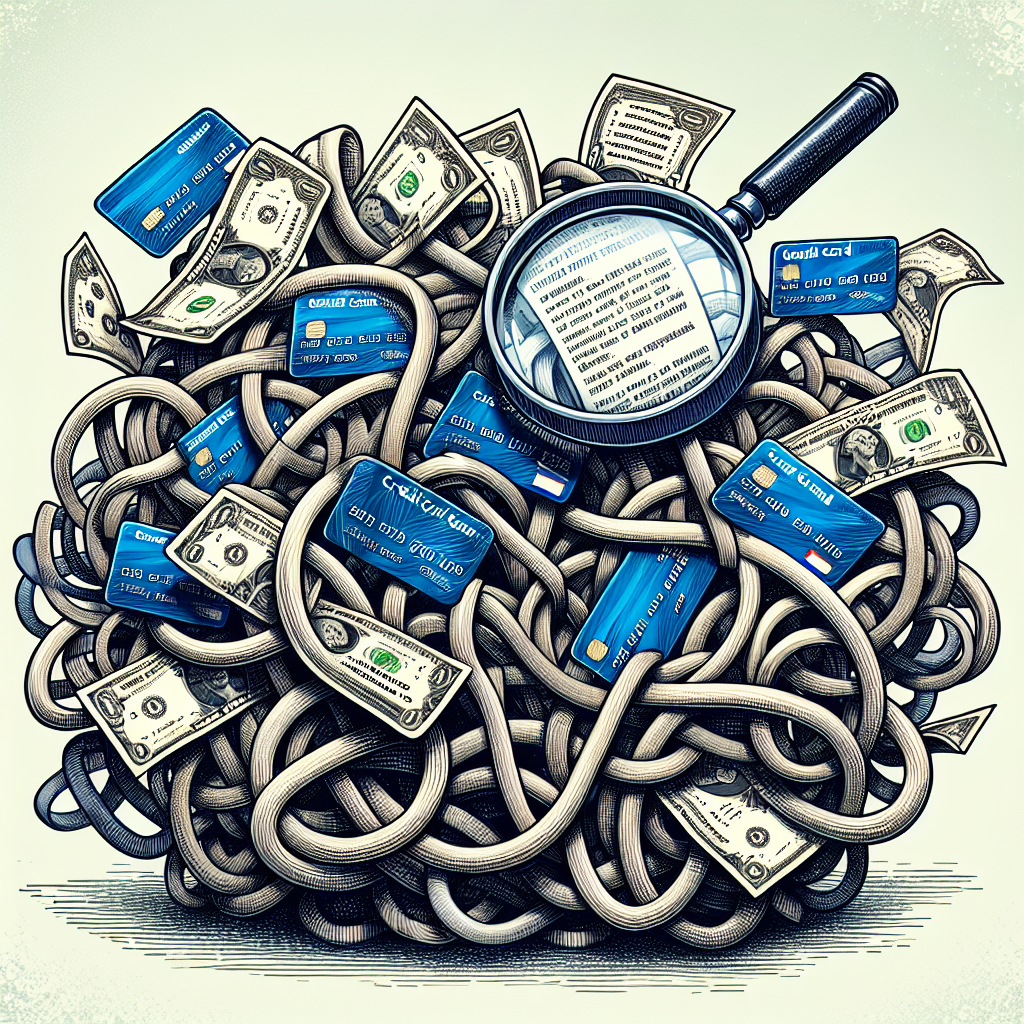
Key Points to Remember
- Late fees get slapped on by card issuers when you skip your payment deadline.
- Stacking up missed payments can lead to multiple late fee charges.
- Pay your bills promptly every month to dodge these pesky charges.
Credit cards often come packed with a slew of fees that kick in under different scenarios. Among the usual culprits, late payment fees are some of the most frequently encountered. Let’s dive into what these fees really mean and how they stack when you’re late more than once.
What Does a Late Fee Actually Mean?
A late fee hits your account when you fail to settle the total or minimum amount due on your credit card statement by the deadline for that billing cycle. Whether you pay less than owed, or a payment bounces, your issuer is likely to tack on a late charge as a penalty for missing the deadline.
The CARD Act’s Take on Late Fee Limits
The Credit CARD Act, effective as of 2022, caps the late payment fee at a maximum of $30 for your initial slip-up. However, if you stumble and miss another payment within the next six billing cycles, the fee can climb up to $41 per late incident. Importantly, these fees can’t exceed your minimum payment due.
Did you know? The CARD Act introduced these caps starting in 2010, initially at $25 and $35 for first and subsequent late payments, respectively. These limits have been adjusted over time for inflation, reaching $30 and $41 in recent years. This regulatory framework aims to prevent excessive penalties and protect consumers from snowballing debt.
When Does a Payment Turn “Late”?
Payments are considered tardy if they don’t land in your lender’s hands within the typical window of 21 to 25 days after your billing cycle wraps up. The lender usually requires the payment to be received by 5 p.m. on the due date or by any later cut-off time they specify. If the due date falls on a weekend or holiday, submitting your payment by the next business day’s cut-off keeps you in the clear.
How Different Payment Methods Play by the Rules:
- Mailed payments: As long as the envelope is postmarked before the due date passes, your payment shouldn’t be marked late.
- Electronic payments: Initiating payment before the deadline usually counts—even if the transaction posts afterward.
- Phone payments: Just like electronic payments, starting the payment process before due date keeps you safe from late fees.
Heads up: Policies on late payments can vary per issuer and get tricky around holidays or weekends. When unsure, a quick call to customer service can clear up any confusion about your payment’s timing.
Can Late Fees Be Charged on Top of Other Late Fees?
When slapped with a late fee, that charge is tacked onto your outstanding balance. If you keep running late, those fees can multiply, piling up more penalties alongside your original fee.
The Fallout from Missing Payments
Consistently missing your credit card payments can wreak havoc on your credit score — which counts for about 35% of your overall creditworthiness. If you’re 30 days behind and your issuer reports it to credit bureaus, your score is likely to take a hit, with the negative mark lingering for up to seven years.
If payments lag beyond six months, your credit card company might write off your debt as a loss and turn it over to collections, causing further damage to your credit profile.
| Increased Interest Rates | Your APR could jump significantly if you’re 60 days late, making it tougher to chip away at your balance. |
| Credit Report Damage | Late payments stay on your report for seven years, each missed payment dragging your score down. |
Bankrate’s advice: If you accidentally miss a payment but usually pay on time, contact your issuer immediately to request a goodwill waiver. Many creditors are willing to forgive a one-time slip, especially if you explain your situation quickly. If you’re struggling financially, ask about hardship programs that might ease your burden.
Will Credit Card Late Fees Become More Affordable?
The CARD Act stepped in to tame unruly credit card late fees, which once roamed unchecked. Since 2010, limits on those penalties have gradually scaled up for inflation, currently capping first-time late fees at $30 and repeat offenses at $41.
Credit card companies usually stick to these caps, thanks to a “safe harbor” rule that requires justification for higher fees based on costs.
Although the Consumer Financial Protection Bureau (CFPB) has weighed in with rules aiming to tighten controls further, political challenges are slowing progress. As a result, sweeping reform on late fee limits may not materialize anytime soon.
Wrapping It Up: Avoiding Those Annoying Late Fees
Miss your credit card payment deadline, and you’ll face a late fee added to your balance — which then accrues interest along with everything else. More missed payments? Prepare for additional fees stacking up on top.
To steer clear of these extra charges, always pay before your grace period closes. Consider setting up automatic payments or reminders to keep your finances on track without the stress of last-minute scrambling.


